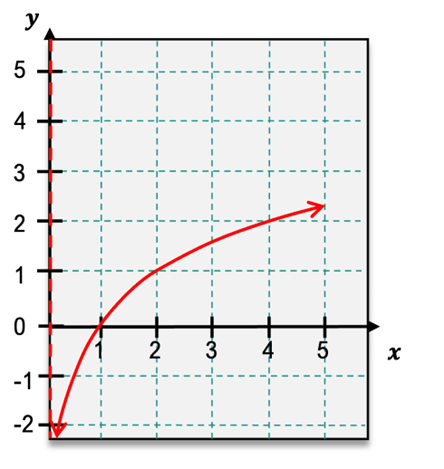Understanding how to find the derivative of an exponential function is essential in calculus. The derivative of a function measures how the function's output changes as its input changes, and for exponential functions of the form \( b^x \), where \( b \) is a positive constant not equal to 1, there is a specific rule to follow.
The derivative of \( b^x \) can be derived using the limit definition of the derivative. This involves setting up the expression:
\[f'(x) = \lim_{h \to 0} \frac{b^{x+h} - b^x}{h}\]
By applying properties of exponents, this can be rewritten as:
\[f'(x) = \lim_{h \to 0} \frac{b^x \cdot b^h - b^x}{h} = b^x \cdot \lim_{h \to 0} \frac{b^h - 1}{h}\]
It turns out that the limit \( \lim_{h \to 0} \frac{b^h - 1}{h} \) is equal to \( \ln(b) \), where \( \ln \) denotes the natural logarithm. Therefore, the derivative of \( b^x \) is given by:
\[f'(x) = b^x \cdot \ln(b)\]
This formula highlights that the derivative of an exponential function is the function itself multiplied by the natural logarithm of its base. It is important to remember that the base \( b \) must be greater than 0 and not equal to 1 to ensure the function is well-defined.
For example, to find the derivative of \( f(x) = 6^x \), we apply the rule:
\[f'(x) = 6^x \cdot \ln(6)\]
In cases where the exponent is a more complex function, such as \( g(x) = 3^{x^2 + 4x} \), we must also apply the chain rule. The derivative in this case is calculated as follows:
\[g'(x) = 3^{x^2 + 4x} \cdot \ln(3) \cdot (2x + 4)\]
Here, \( 2x + 4 \) is the derivative of the inner function \( x^2 + 4x \). This demonstrates how to combine the rules for exponential functions and the chain rule effectively.
As you continue to practice finding derivatives, remember to apply these rules consistently, and you'll become proficient in handling various types of functions.




